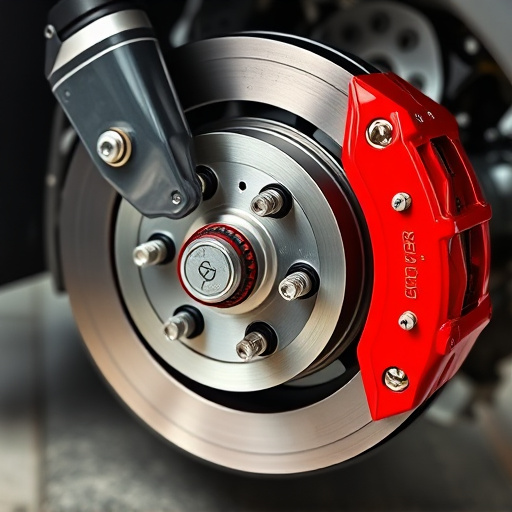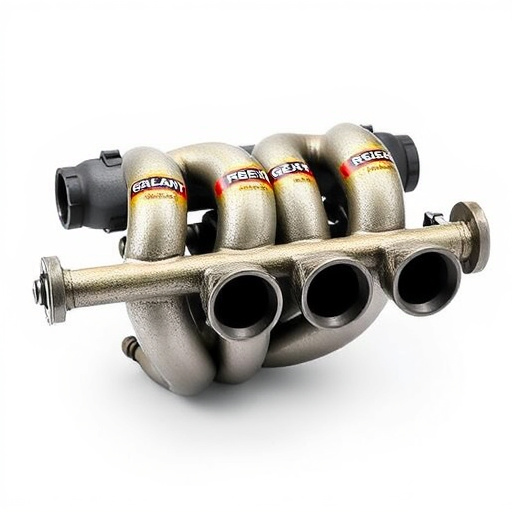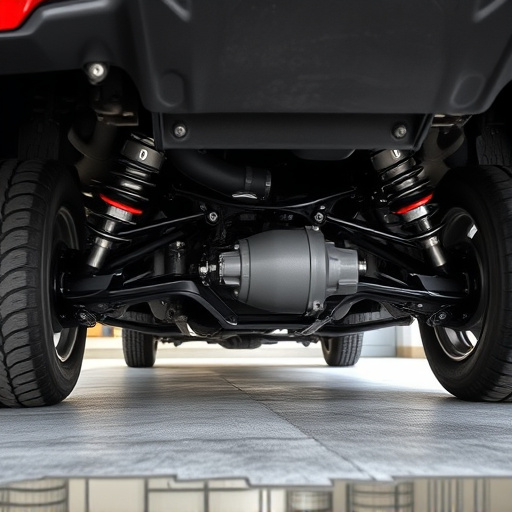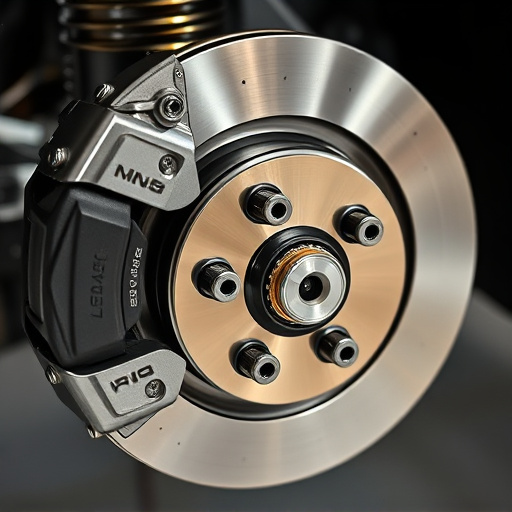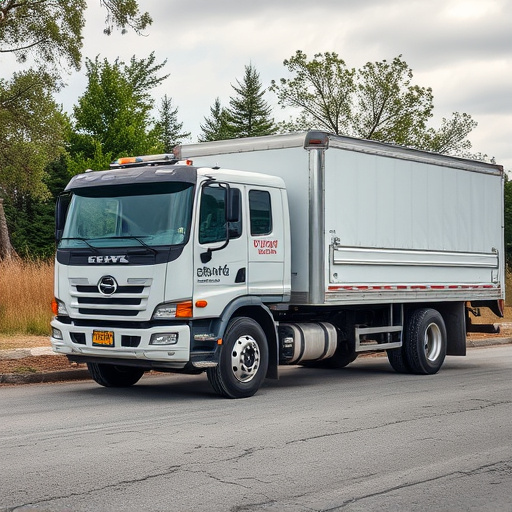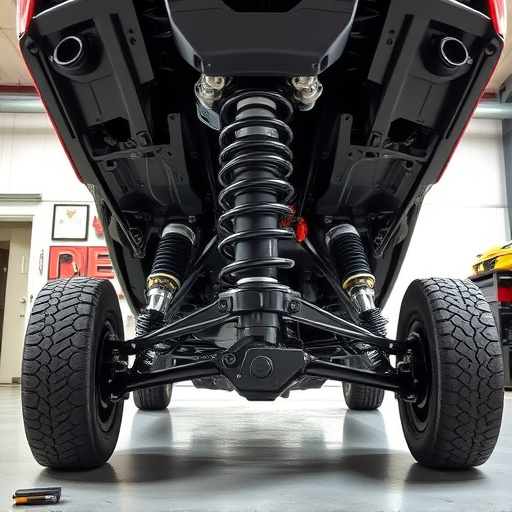Muffler delete pipes are a popular modification among automotive enthusiasts aiming to boost engine performance by addressing backpressure in the exhaust system. Traditional mufflers create resistance, restricting airflow and hindering power output. Muffler delete pipes offer a more open path for exhaust gases to flow freely, reducing restrictions and improving gas flow for enhanced engine efficiency. Often paired with other upgrades, these pipes can result in smoother acceleration and improved overall performance, though they may increase noise levels and require additional modifications for optimal results.
Muffler delete pipes are gaining popularity among automotive enthusiasts looking to enhance engine performance. This article delves into how these direct-exhaust systems can help reduce backpressure in your engine, a crucial factor for optimal efficiency and power output. By eliminating the need for a muffler, these pipes allow exhaust gases to flow more freely, minimizing restrictions and boosting engine health. We’ll explore the science behind backpressure and guide you through the advantages and considerations of installing muffler delete pipes.
- Understanding Backpressure in Automotive Engines
- The Role of Muffler Delete Pipes in Mitigating Backpressure
- Advantages and Considerations of Installing Muffler Delete Pipes
Understanding Backpressure in Automotive Engines
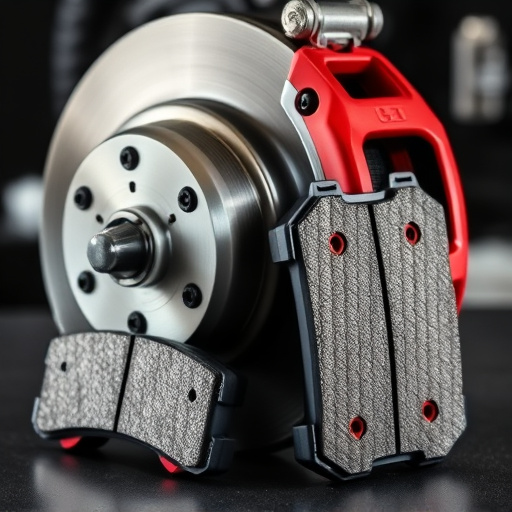
Backpressure in automotive engines is a complex phenomenon that can significantly impact engine performance and efficiency. It occurs when exhaust gases build up and restrict the flow within the engine, creating a resistance that slows down the overall process. This pressure buildup is particularly noticeable during certain driving conditions, such as accelerating or decelerating, where the demand for oxygen and fuel changes rapidly. In a typical vehicle with a muffler and exhaust system in place, these pipes are designed to muffle noise and maintain a certain level of stability in the exhaust flow. However, they can also contribute to backpressure due to their restrictive nature, especially when the engine demands rapid gas exchange.
Muffler delete pipes offer an alternative solution by removing the standard muffler and its associated restrictions. This modification allows for freer flow of exhaust gases, reducing the backpressure that occurs in traditional setups. By eliminating the muffler, these pipes enhance the overall performance of the vehicle’s air intake systems, as well as other critical components like the engine and brake systems. The result is a more responsive and efficient engine, showcasing improved power delivery and potentially better fuel economy.
The Role of Muffler Delete Pipes in Mitigating Backpressure
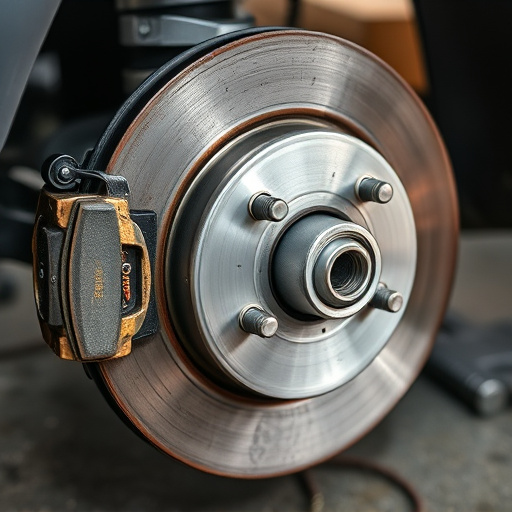
Muffler delete pipes are a popular modification among car enthusiasts aiming to enhance engine performance. By removing the muffler, these pipes directly address the issue of backpressure in the exhaust system. Backpressure occurs when gases from the engine have difficulty escaping, restricting airflow and potentially hindering optimal power output. Traditional mufflers are designed to muffle noise, but they also create a certain level of resistance, contributing to backpressure.
In contrast, muffler delete pipes offer a more open path for exhaust gases to flow freely. This modification reduces the restrictions in the exhaust system, allowing for better gas flow and improved engine efficiency. Many vehicle owners combine muffler deletes with other upgrades like coilover kits or custom exhaust muffler tips to maximize gains. By eliminating backpressure, drivers can experience smoother acceleration and overall enhanced engine performance.
Advantages and Considerations of Installing Muffler Delete Pipes
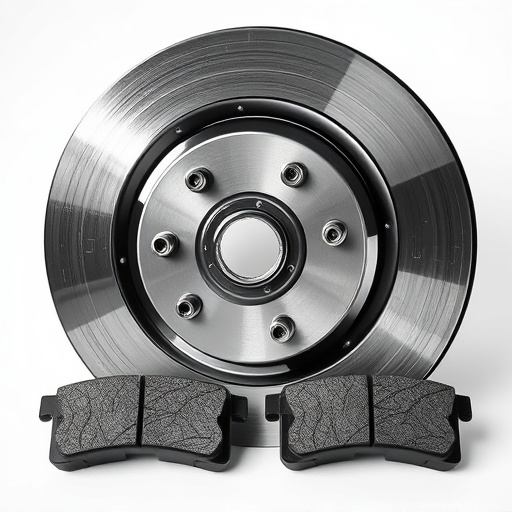
Muffler delete pipes offer several advantages for vehicle owners looking to enhance engine performance and address backpressure issues. By removing the muffler, these pipes allow exhaust gases to flow more freely from the engine, reducing restrictions in the exhaust system. This can lead to improved engine efficiency, increased horsepower, and better torque output, making them a popular choice among car enthusiasts seeking high-performance parts.
When installing muffler delete pipes, several considerations come into play. While they can significantly enhance performance, especially in modified vehicles or those with turbocharged engines, they may also increase noise levels and require additional modifications to the exhaust system. It’s crucial to ensure compatibility with existing intake components and overall vehicle dynamics. Many users opt for custom setups or aftermarket exhaust systems to achieve optimal results, balancing the benefits of muffler delete pipes against potential drawbacks.
Muffler delete pipes offer a direct and effective solution for reducing backpressure in automotive engines. By eliminating the muffler, these pipes allow exhaust gases to flow more freely, resulting in improved engine performance and reduced backpressure. While there are advantages, such as increased horsepower and better fuel efficiency, it’s essential to consider potential noise levels and the impact on vehicle drivability. For those seeking a performance boost without compromising daily drive comfort, muffler delete pipes can be an excellent choice, providing a simple yet effective upgrade for their vehicles.








